Proposal for a Regulation on Artificial Intelligence (AI ACT)
Proposal for a Regulation on Artificial Intelligence (AI ACT)
The Explanatory Memorandum of the proposal for the AI ACT indicates that the main objective of the document is to ensure safe development of artificial intelligence and to minimise the risk of misuse of AI technologies.
The regulation introduces in particular:
1. regulatory requirements for the marketing, commissioning and use of artificial intelligence systems (while introducing a classification of the risks posed by AI);
Depending on the risk category, artificial intelligence systems are:
- of unacceptable risk – cannot be deployed on the market if they fall within the scope of prohibited practices (i.e. activities deemed unacceptable because they are contrary to the values of the Union – referred to below);
- of high risk – specified by Annex 3 of the regulation, are allowed, subject to additional requirements such as an obligation to inform users that they are dealing with an artificial intelligence system;
- low/minimal risk – are allowed without additional restrictions.
2. prohibitions on certain artificial intelligence practices;
In particular, prohibited are practices aimed at:
- the manipulation of people or the exploitation of any vulnerability of a specific group of persons, in particular where they may cause physical or psychological harm;
- the scoring of social behaviour (i.e. the evaluation or classification of the trustworthiness of individuals which may tend towards the unfair or disadvantageous treatment of certain persons in an unjustified manner);
- real-time remote biometric identification in public spaces for law enforcement purposes.
3. provisions reflecting the principle of transparency;
In certain situations (e.g. in the case of deep fake technology, which allows to create deceptively realistic videos that create the possibility of manipulation), the provisions guarantee that users and persons affected by artificial intelligence systems will be informed that they are dealing with artificial intelligence;
4. definition of artificial intelligence systems;
- The Explanatory Memorandum of the proposal highlights that one of its goals was to try to create a definition of artificial intelligence systems that is technology-neutral and not outdated.
- According to Article 3(1) of AI Act – ‘artificial intelligence system’ (AI system) means software that is developed with one or more of the techniques and approaches listed in Annex I and can, for a given set of human-defined objectives, generate outputs such as content, predictions, recommendations, or decisions influencing the environments they interact with.
5. system of supervision and enforcement at EU and national level;
- at EU level – there will be a European Artificial Intelligence Board (with representatives of the Member States and the Commission), which will have the task of, among others: issuing opinions, recommendations, written comments – on the AI Act;
- at national level – a Member State will have to establish a supervisory authority that performs the functions of both notifying authority and market surveillance authority. The task of such a body will be, among others, to provide guidance and advice on the implementation of this regulation.
6. penalties for infringements
- Their amount in certain cases can be up to 6% of the company’s annual turnover. It is interesting to note that the penalties are to be adjusted to the profitability of start-ups and take into account their interests.
The proposed regulation does not include the rules on copyright or civil liability regarding AI. Furthermore, the Regulation will not apply to AI systems developed or used exclusively for military purposes.
The EU’s initiative to regulate the creation and use of AI is certainly to be given a warm welcome. Despite the novelty and complexity of the issue and the rapid changes that occur within the technology, the EU has recognised the need to clarify the legal framework that will allow the technology to develop on the one hand and mitigate the risks associated with it on the other.
The full text of the proposal for the regulation can be found at: https://eur-lex.europa.eu/legal-content/EN/TXT/?uri=celex%3A52021PC0206
See more:
SUMMER IP MEETINGS FOR LAW STUDENTS IN OUR GARDEN
Discover the Fascinating World of Intellectual Property Rights with Żuraw i Wspólnicy sp. k.! Are you a law student interested in intellectual property law? Do you want to learn about trademarks and their protection principles? Are you eager to explore...
CJEU Ruling Reinforces: Mere Knowledge of Existing Trade Marks Isn’t Enough to Prove Bad Faith Applications
In its judgment of 15 May 2024, in Case T-181/23, the CJEU dismissed the appeal against the decision of the EUIPO Board of Appeal and thus, the Court once again confirmed that the applicant’s mere knowledge of a third party's earlier trade mark shall not be sufficient...
A Czech court rules on copyright to a work generated by AI
Artificial intelligence is becoming more and more prominent in the sector of music, literature and, as a matter of fact, in most fields that require a creative approach to any task or issue so far reserved exclusively for humans. It was therefore only a matter of time...
